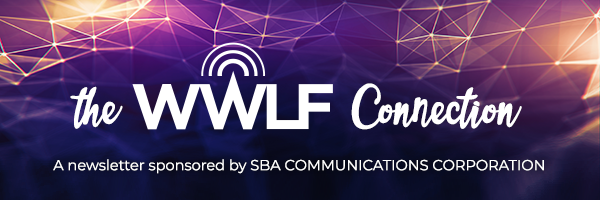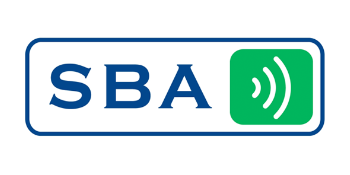LinkedIn has over 660 million users. Many are senior level influencers and decision makers. The platform is much more accessible than your resume. And recruiters and other professionals often check out your LinkedIn profile, so you want to make it count.
Your profile can (and should) show your personality and tell a much fuller story about yourself than you can fit on a 2-page resume. So if you’ve simply pasted your resume into your profile, you’ll want to liven that up a bit.
Tip 1: First things first: Adjust your notification settings
You may not want everyone you're connected with to be alerted about every change you make to your profile.
Under Account Settings and Privacy, scroll to “How others see your LinkedIn activity,” then down to “Share job changes, education changes and work anniversaries” and turn it off. You can turn it back on later.
Tip 2: Headline and Summary
Your headline and summary are the most frequently read, so spend some time on these.
It’s okay to put your job title in your headline, but you don’t need to. And, if you’re out of work, you may not want to.
The headline is a good place to identify what you do. Hint: No one actually starts explaining what they do with "I'm a results-oriented professional."
A benefit driven headline is eye-catching and informative:
“I help remote teams stay productive, even across global time zones”
“I’m a CRM expert who helps busy salespeople focus on the right clients at the right times”
Your summary can be an overview of your career. Try to tell it like the story it is. Not only does everyone like stories, but research shows our brains are more receptive to them.
That means people will remember a story about how you saved a project much longer than they’ll remember your list of project management skills.
Tip 3: Profile Picture
Profiles with photos get 21 times more views and 36 time more messages. So, if you don’t have a photo, grab a camera.
You don't need a professional head shot. But the photo should be of just you, it shouldn’t be too casual, and—ideally—it should not be a selfie. (If you can’t get someone else to take your photo, set up your phone on a tripod or a stable surface and use the timer feature.)
If you’re cropping a photo from one with other people, watch out for disembodied arms or shoulders from the people standing next to you. And, if you happen to be wearing something strapless, make sure the crop doesn't look like you might be naked.
Tip 4: Making Connections
LinkedIn will ask you to do this all the time, but try not to bulk invite your email contacts. It sends a very generic “I’d like to join your LinkedIn network” message to everyone you've ever emailed.
It is better to make connection requests with a short, personalized note. (Do this from their profile page, not the "people you may know" page on your phone, which automatically sends the generic message.)
For new professional connections, it’s nice to refresh memories. “We met at <insert event>. I really enjoyed our conversation about <insert topic>. I’d like to connect with you here.”
If you are new to your career and haven’t met many people, you can ask for a connection with "I'm new to this industry and would love to connect so I can learn more from what you share."
When someone accepts your invitation to connect, respond with a short thank you...Most people do not send out personal connection requests or follow up thank you messages. If you do, you'll set yourself apart.
Tip 5: Building a Network
Follow companies you’re interested in. You can also follow people you’re interested in, if you can't yet connect with them. When they post, read the article and make a thoughtful comment about it or share it and tag them.
Again, most people don't do this, or they comment something generic like "great article!"
If anyone from the company responds to your comment or share, make a connection request.
Tip 6: Put Your LinkedIn Profile URL on your resume...but do this first!
The URL you're automatically assigned can be improved.
On the right-hand side of your profile look for "Edit Public Profile and URL." Then click on “Edit your custom URL.” Then change it to your first and last name.
If someone with your name has done this already, be creative! Maybe add a professional tag…FirstName-LastName-BDProfessional. Choose something short that adds a bit of branding.
After you create your custom URL, remember to update any places you might have a link to the old URL, like your email signature.
Tip 7: Ask your friends and colleagues for feedback
Feeling stuck? Writing about yourself can be hard! And if you are looking for a job, it can be extra stressful.
It's almost always easier to point out the skills of someone else, so ask a friend or trusted colleague. (And offer to return the favor!)
Or post in the WWLF LinkedIn Group here and ask for some feedback. You should get some good advice from people in your industry…and make some new connections!


